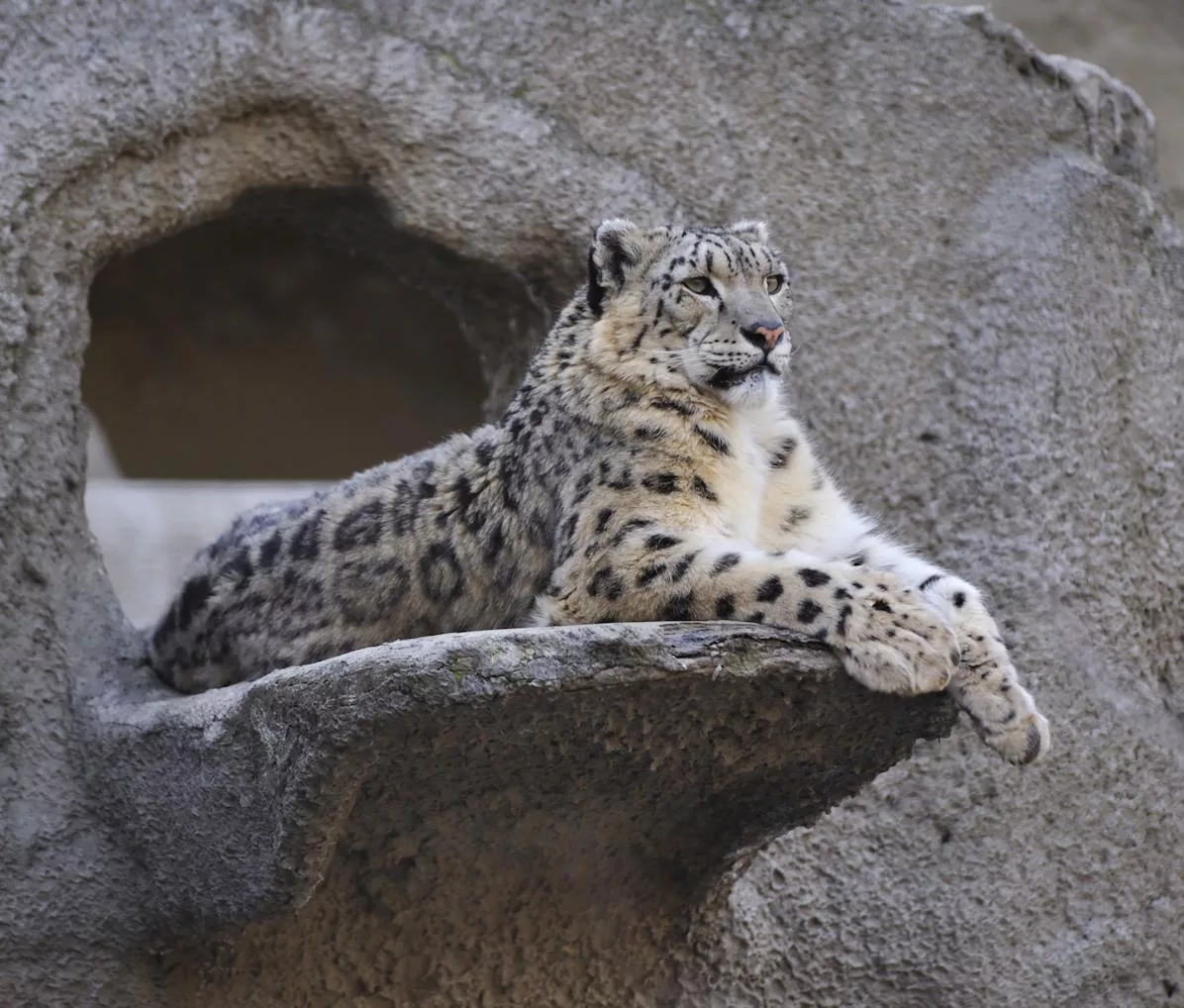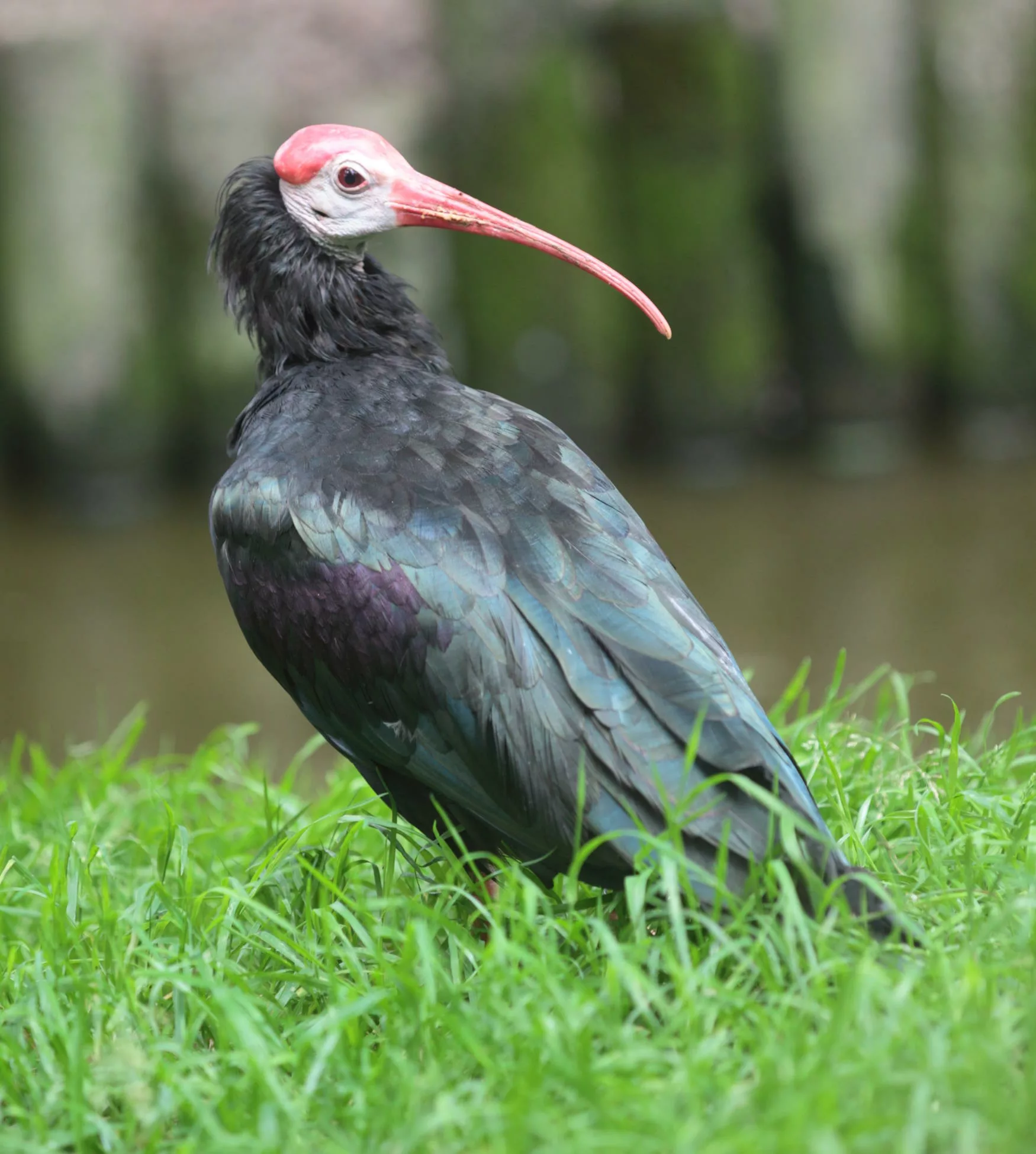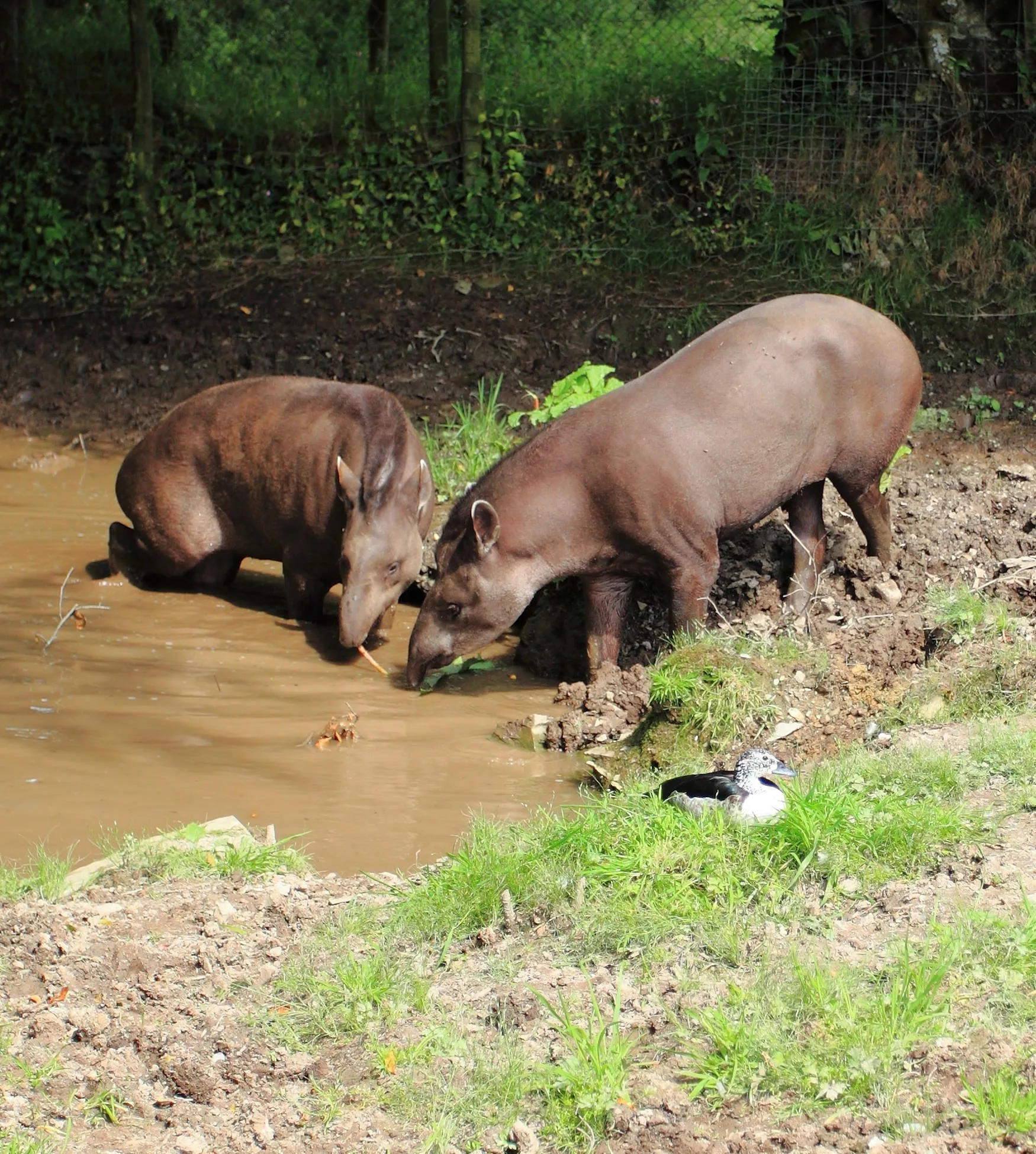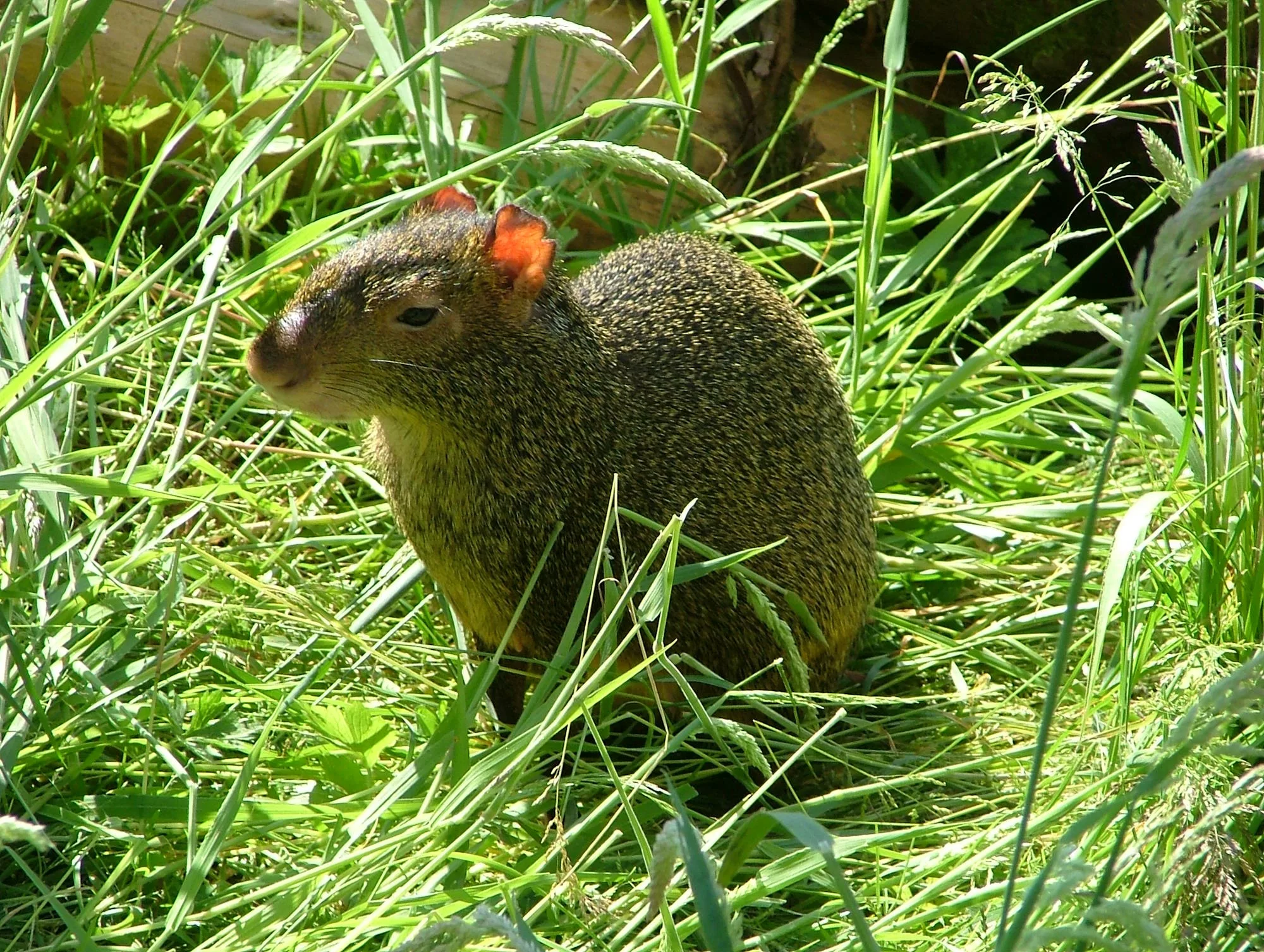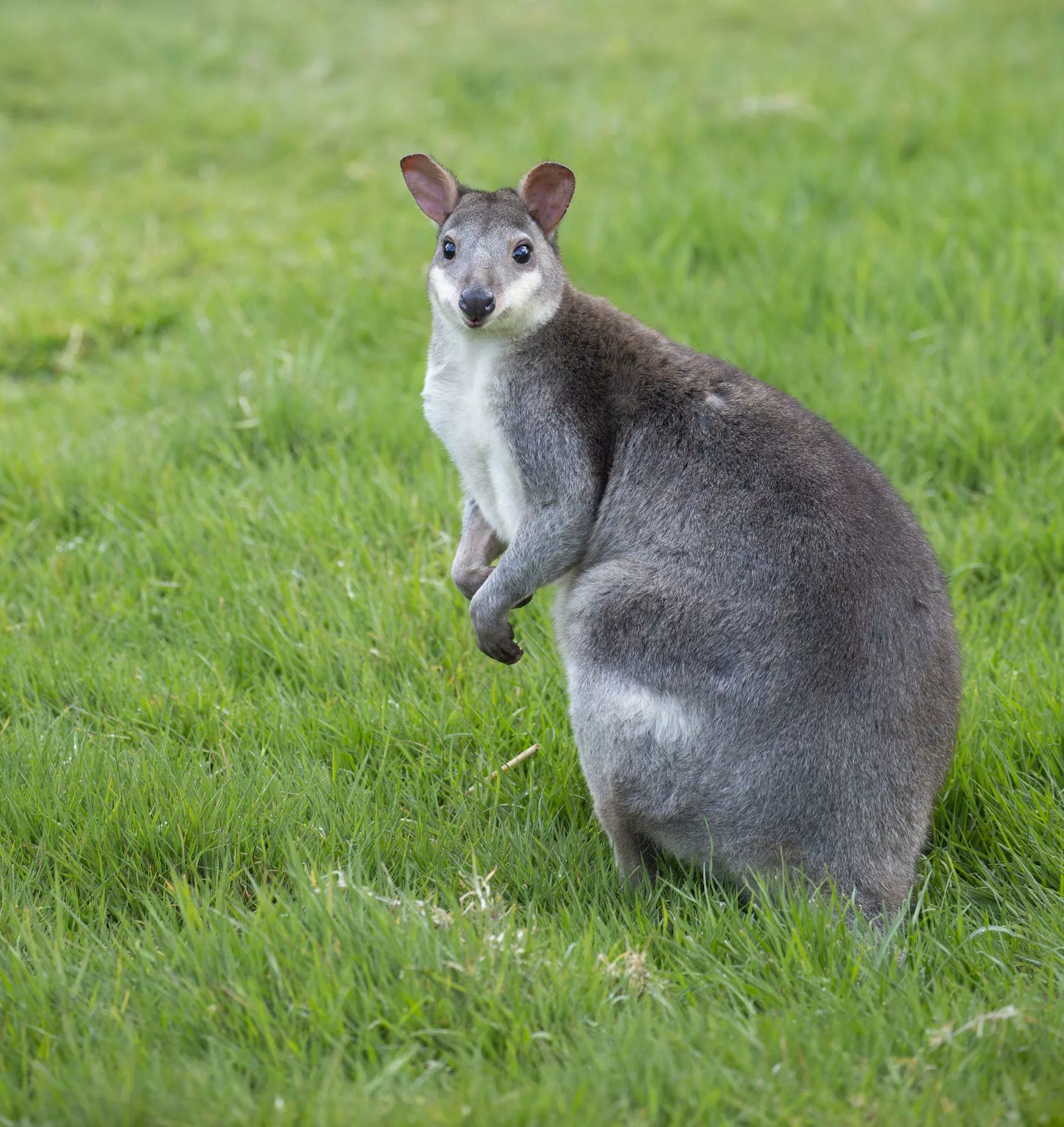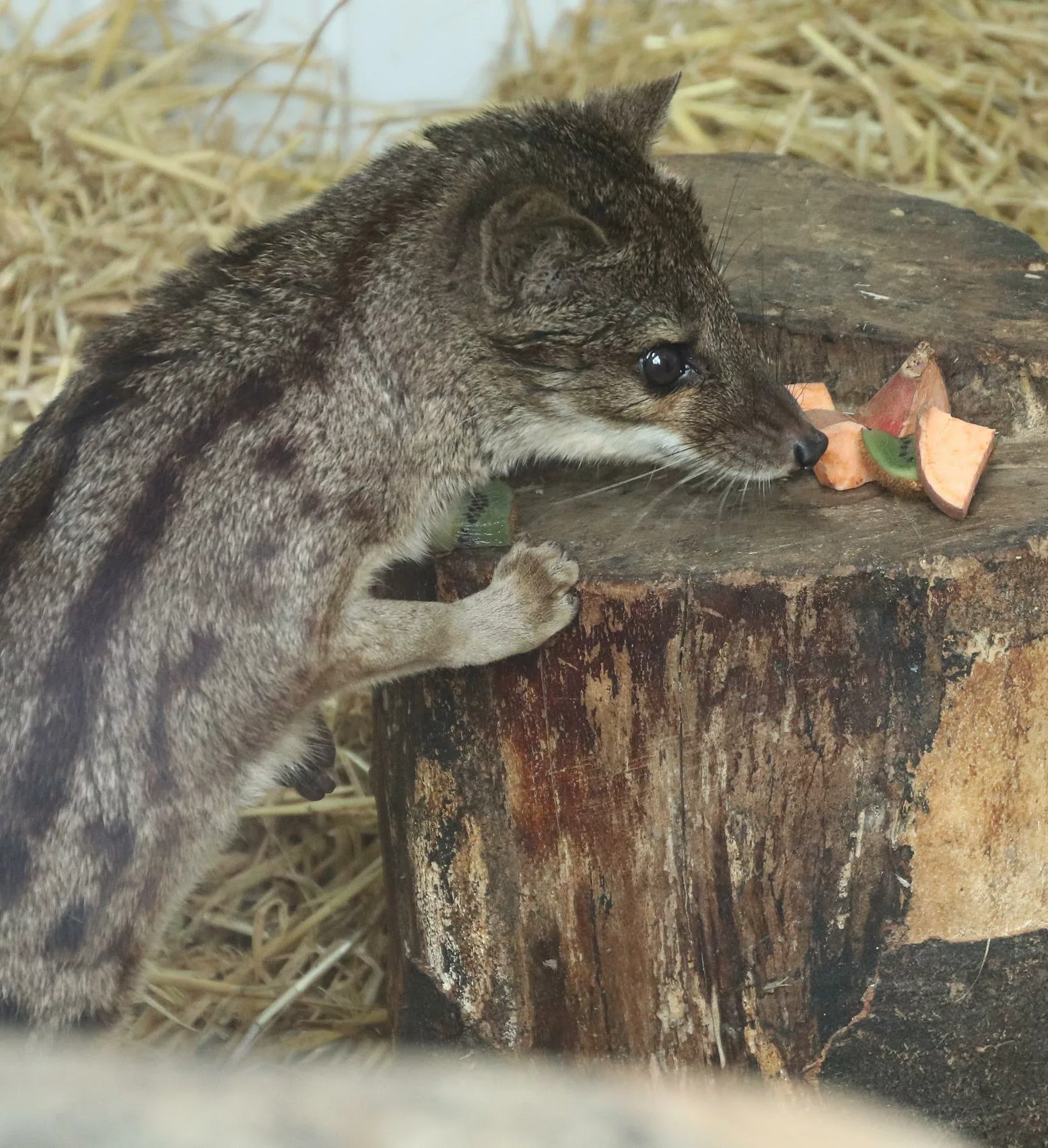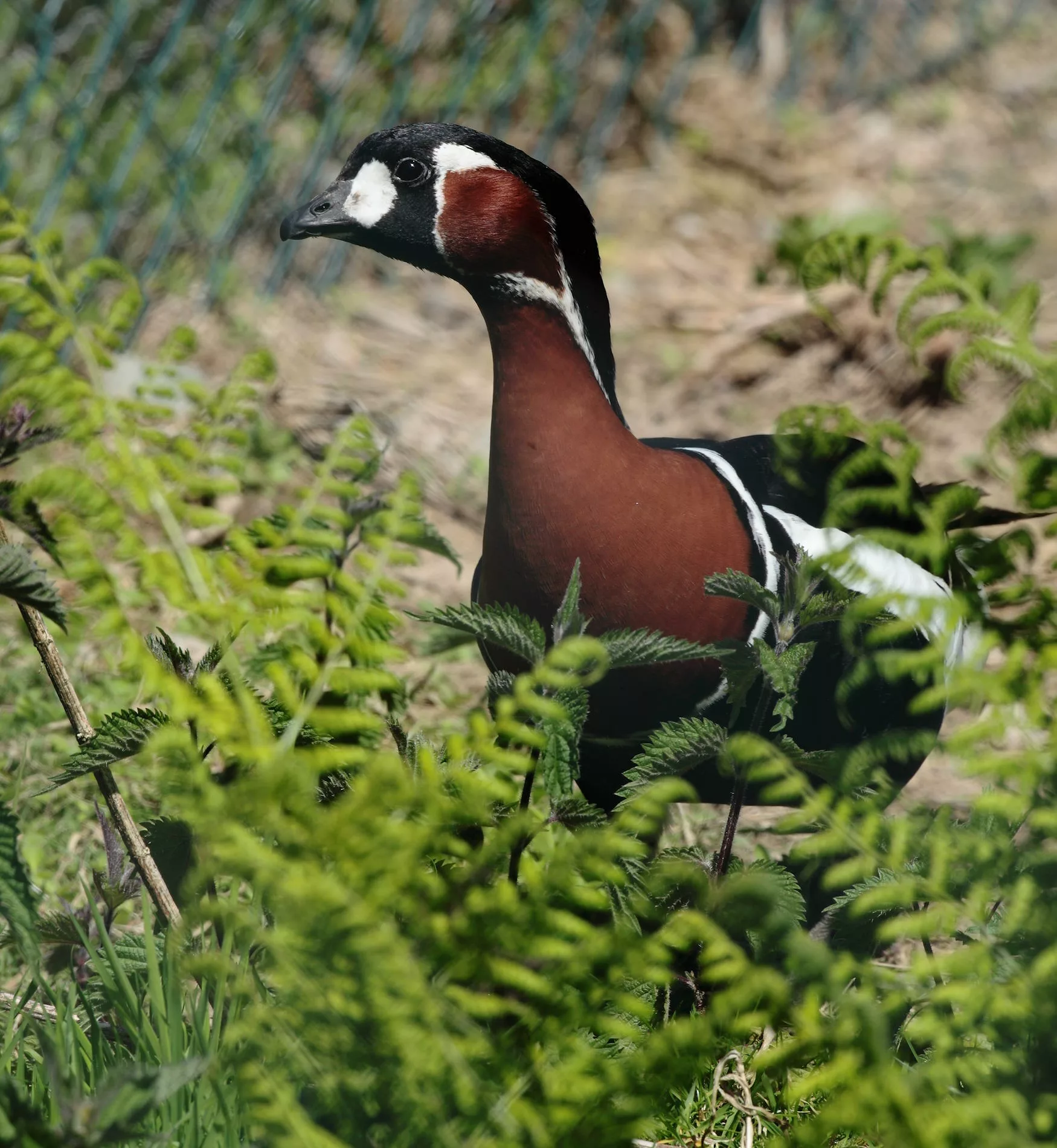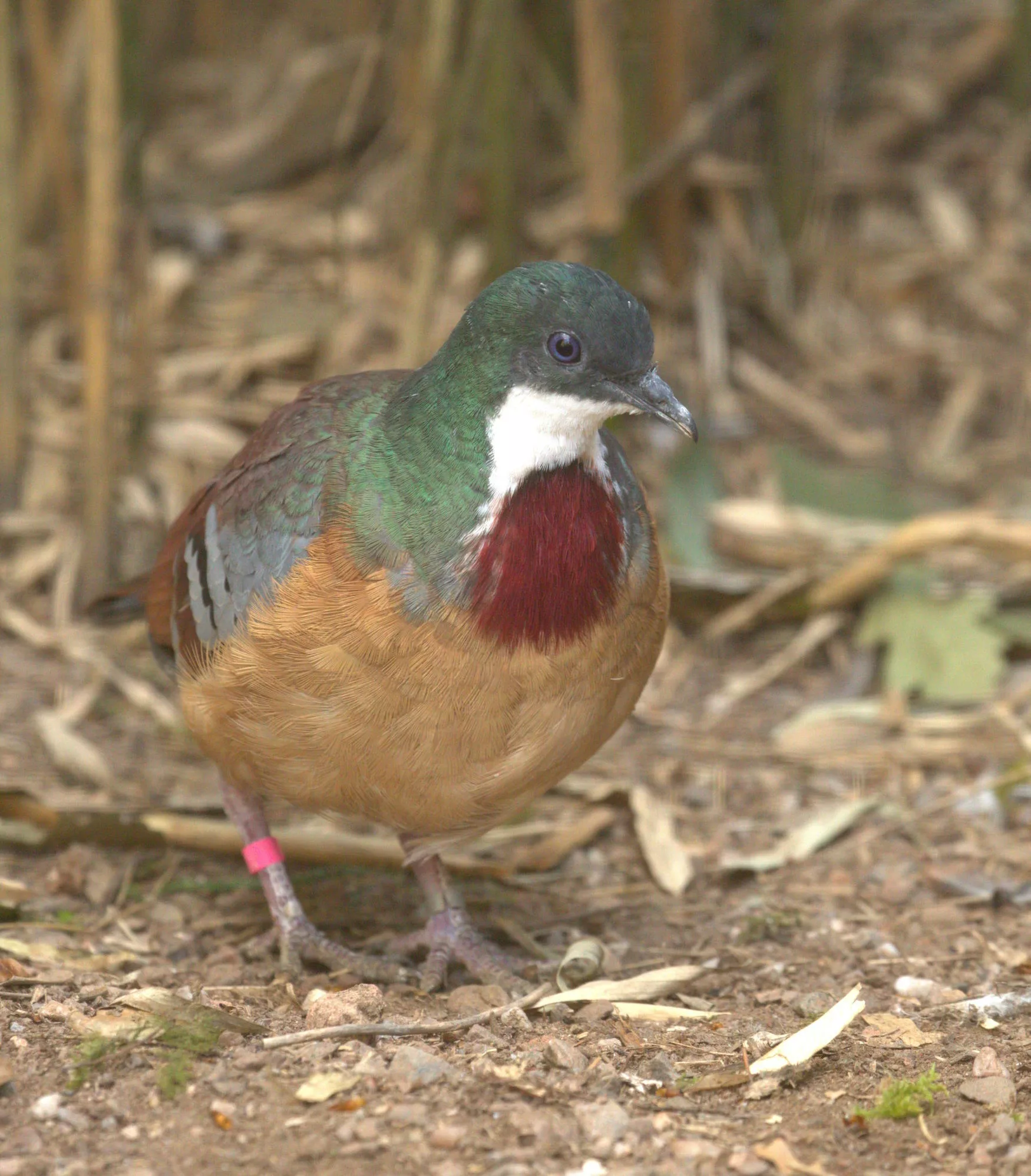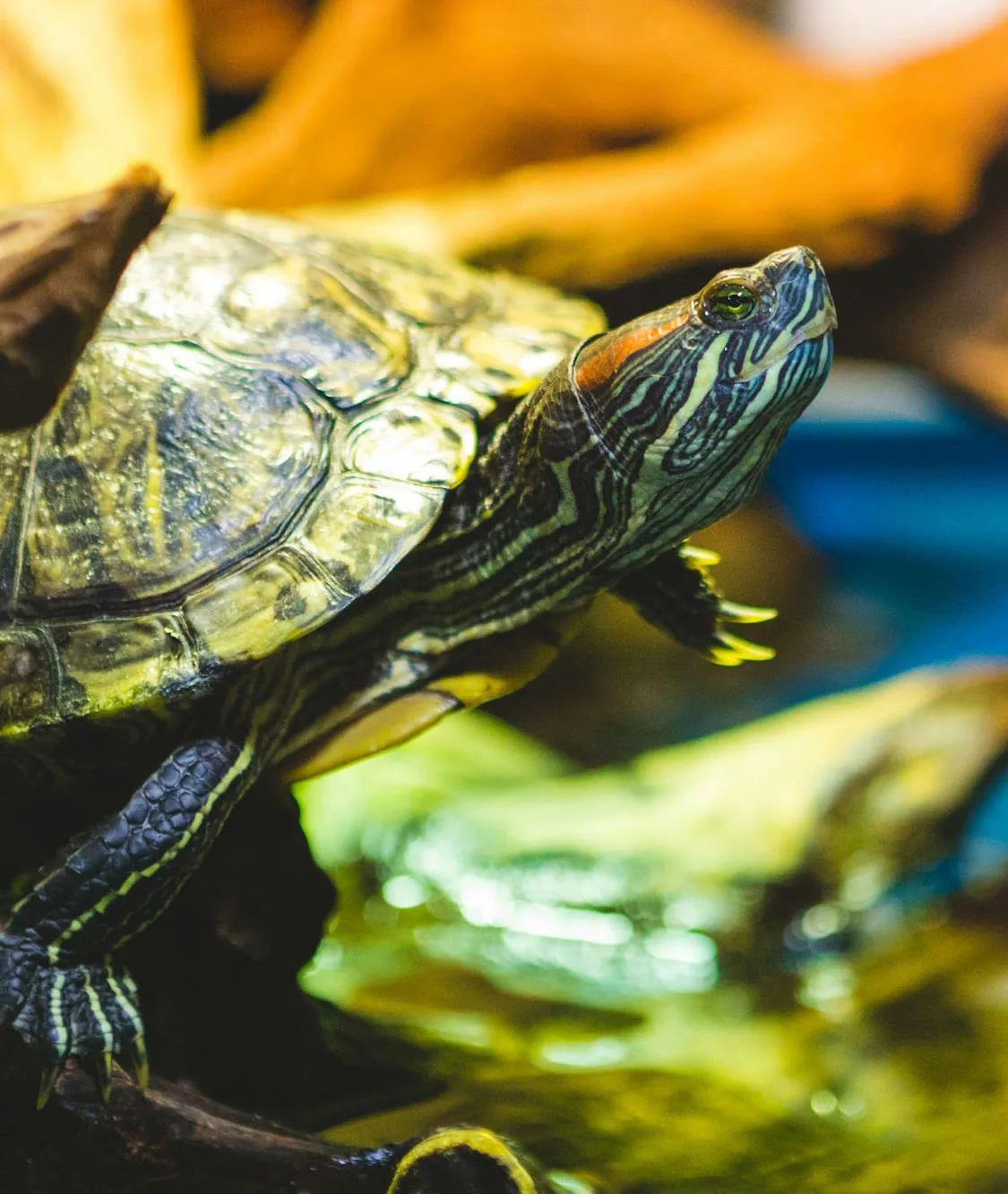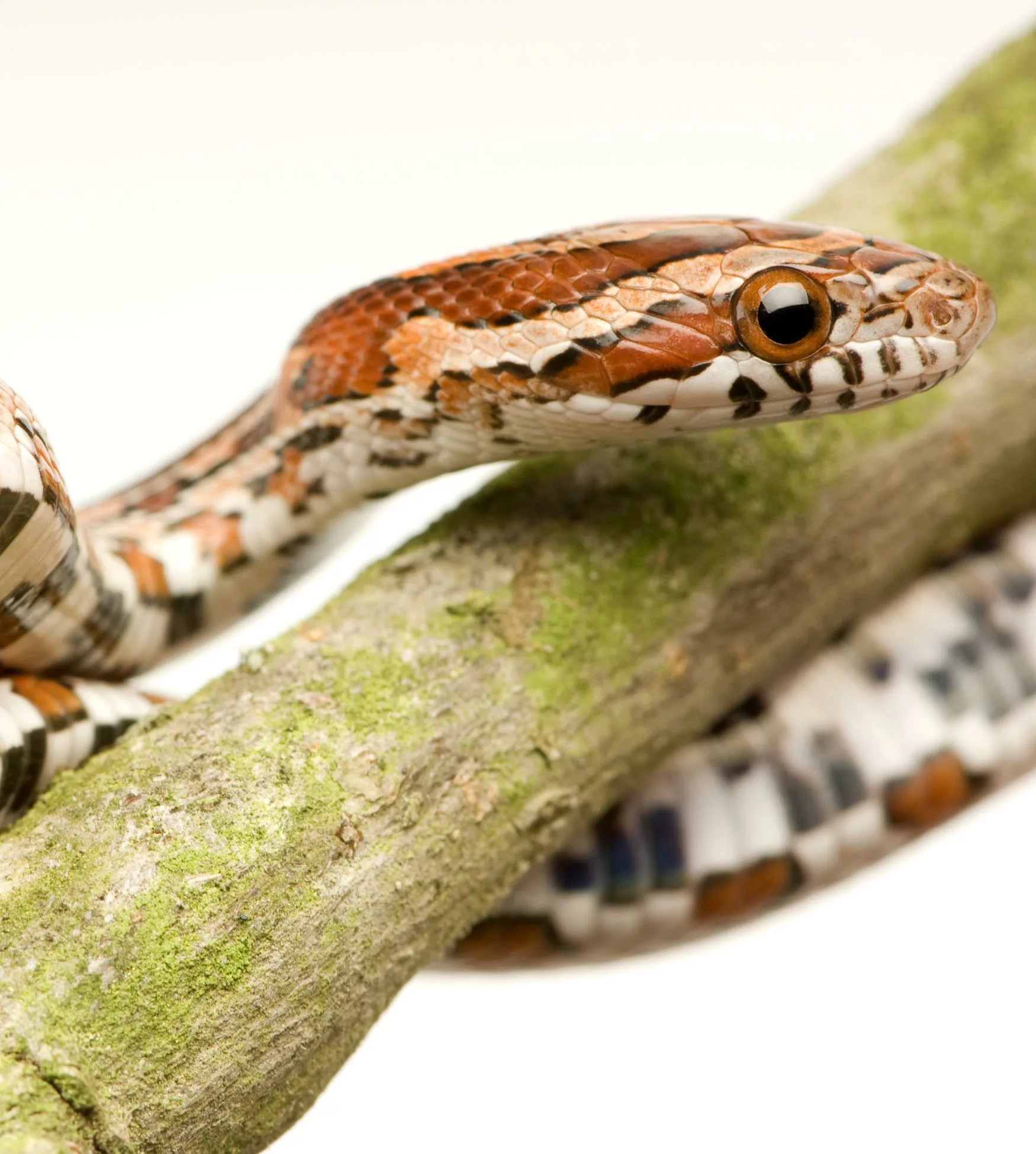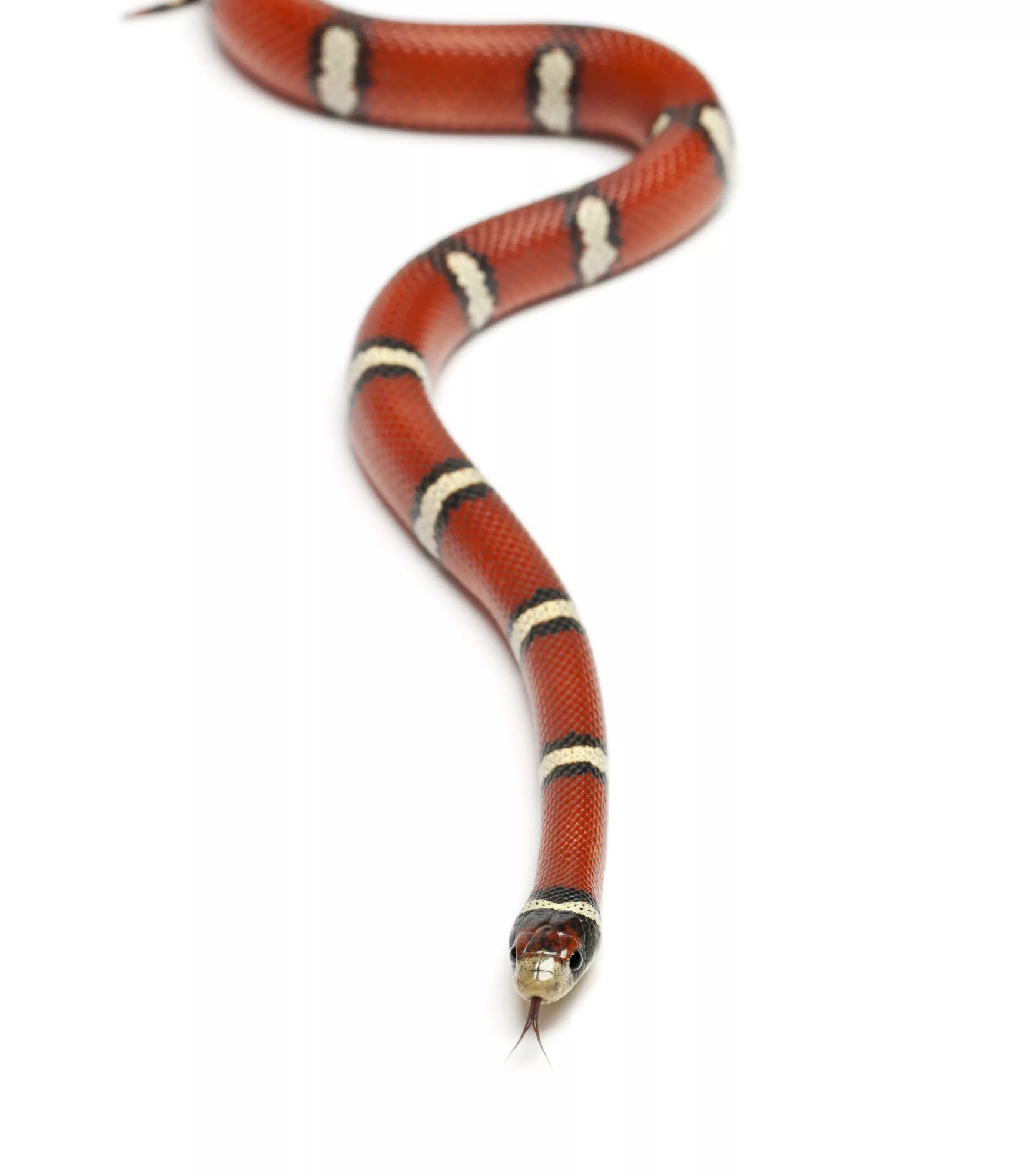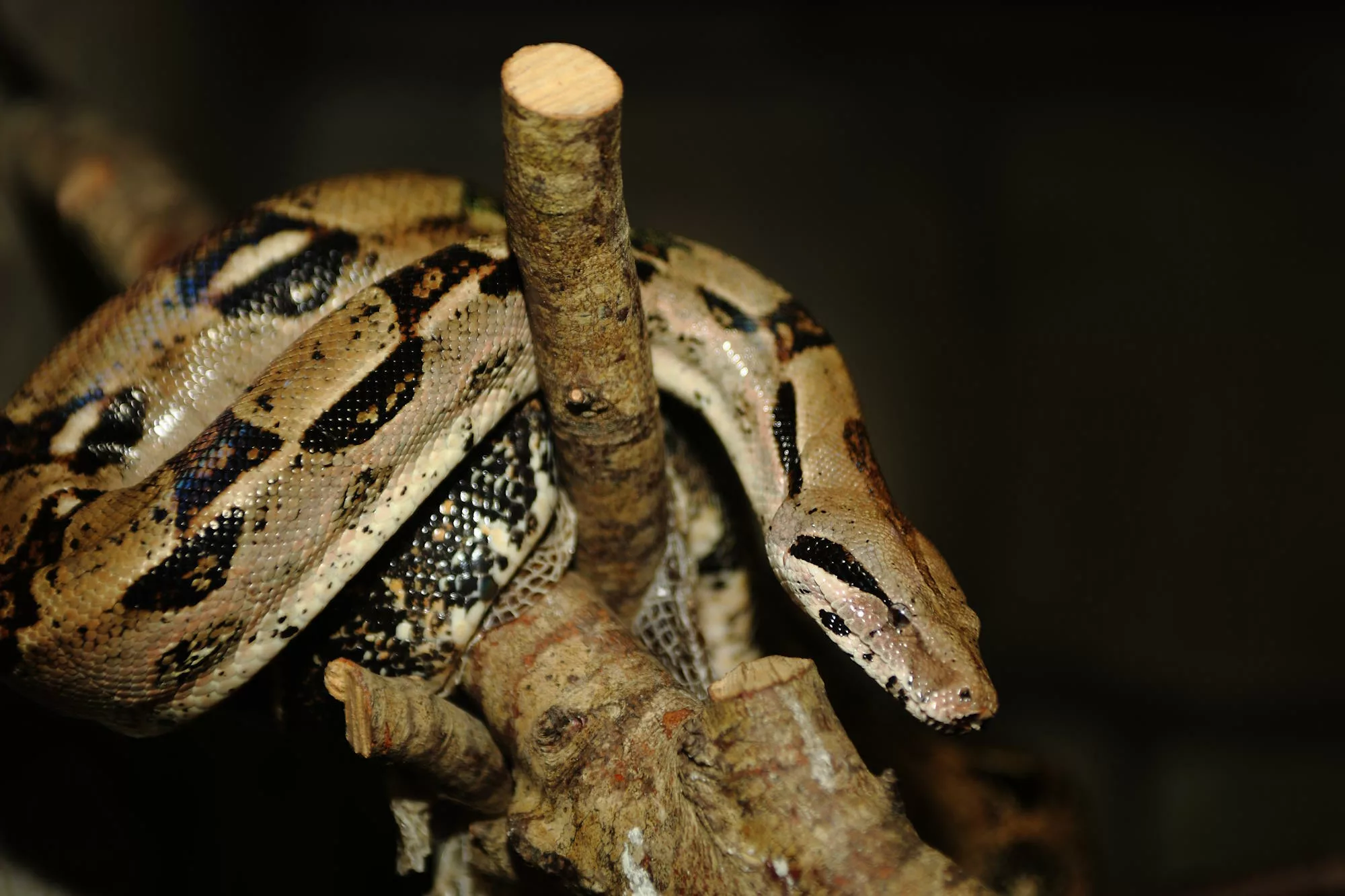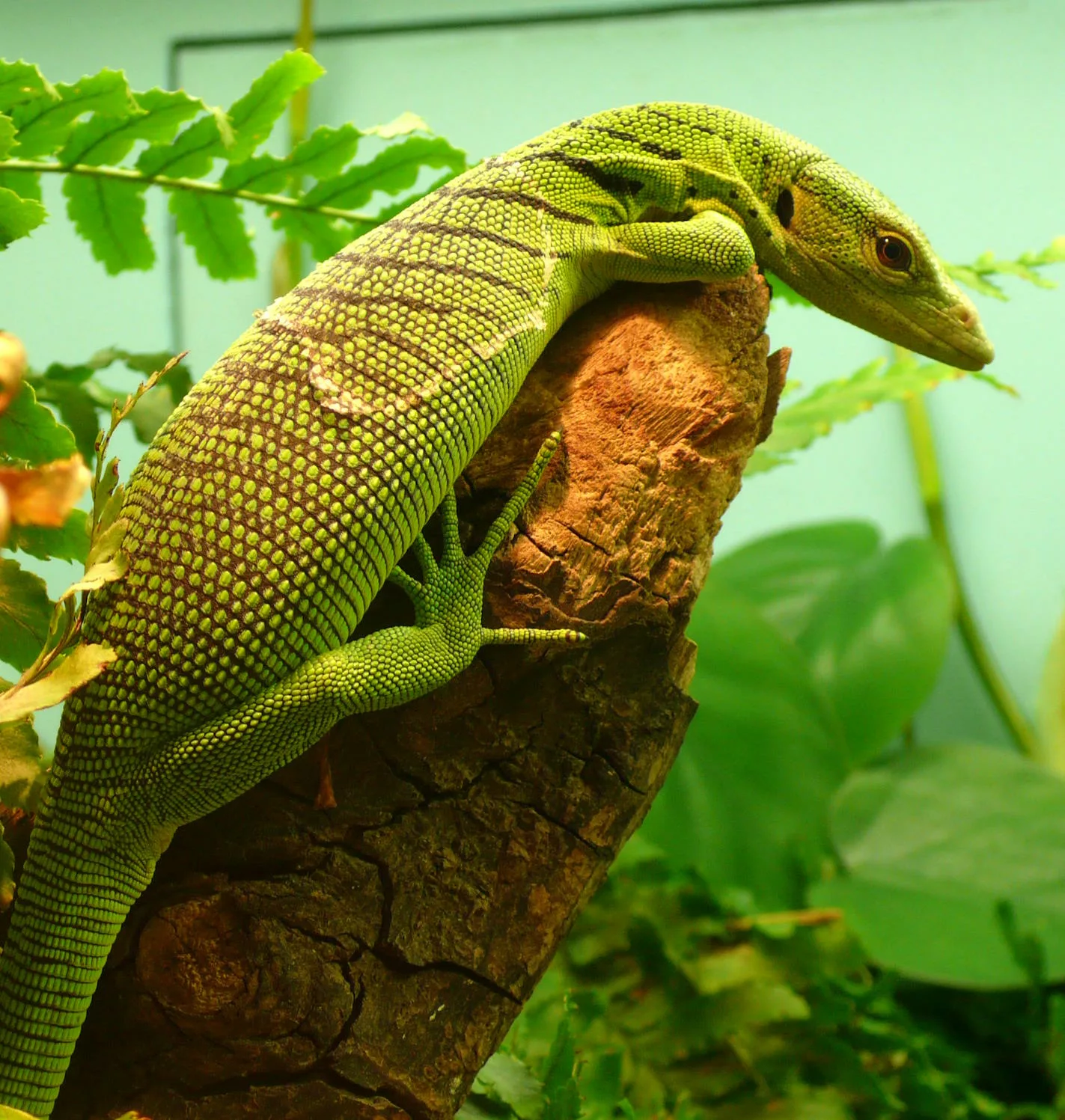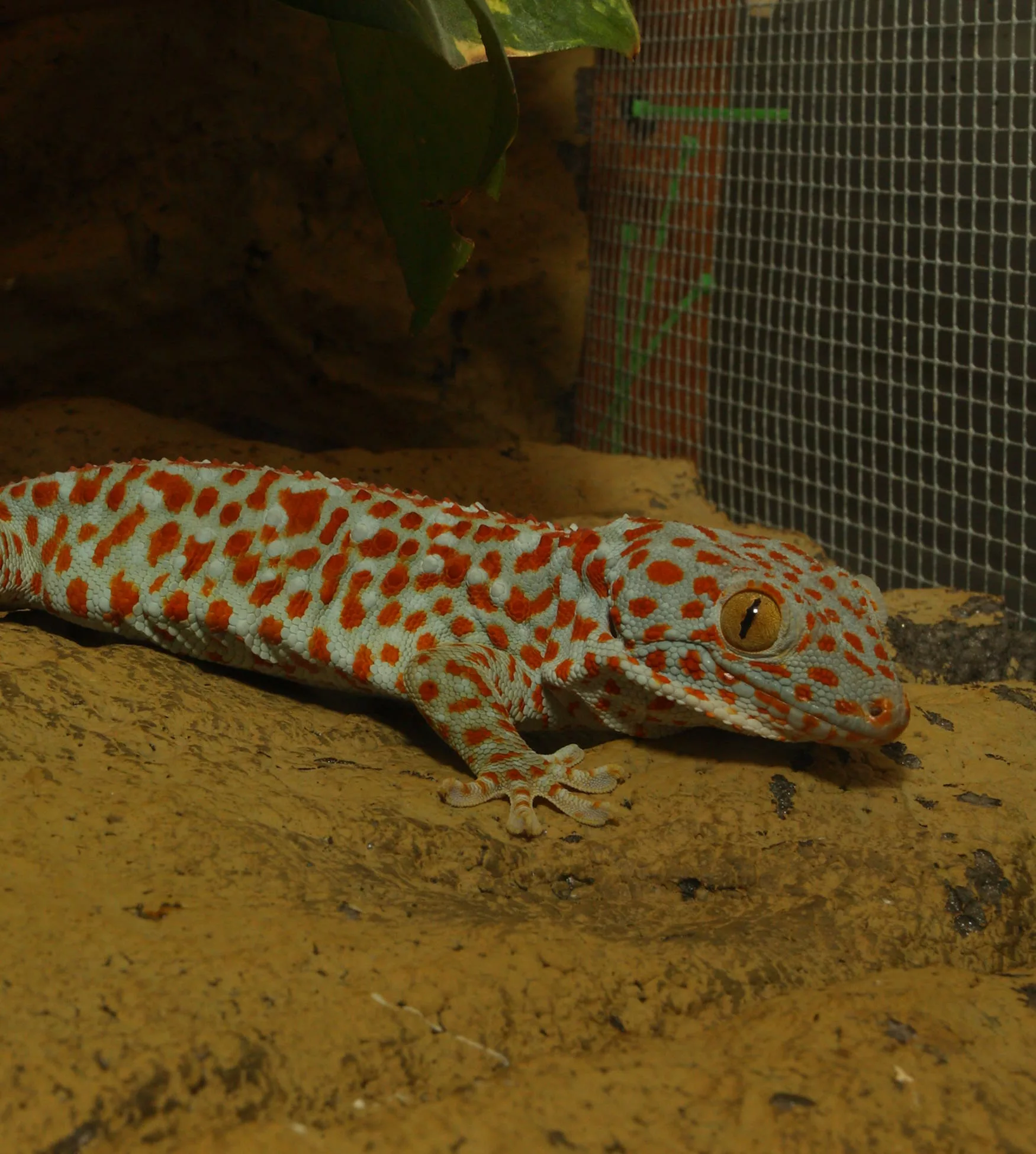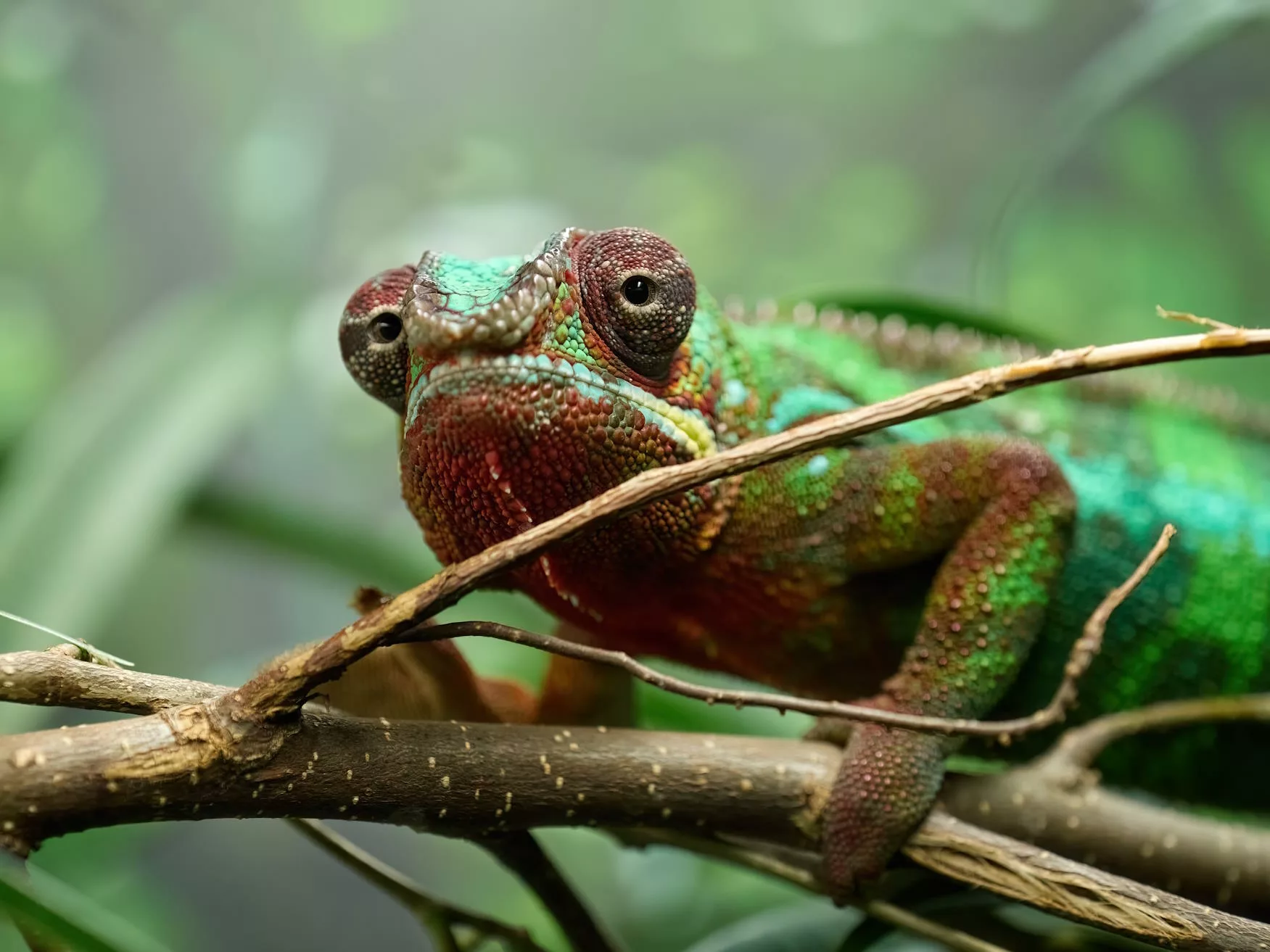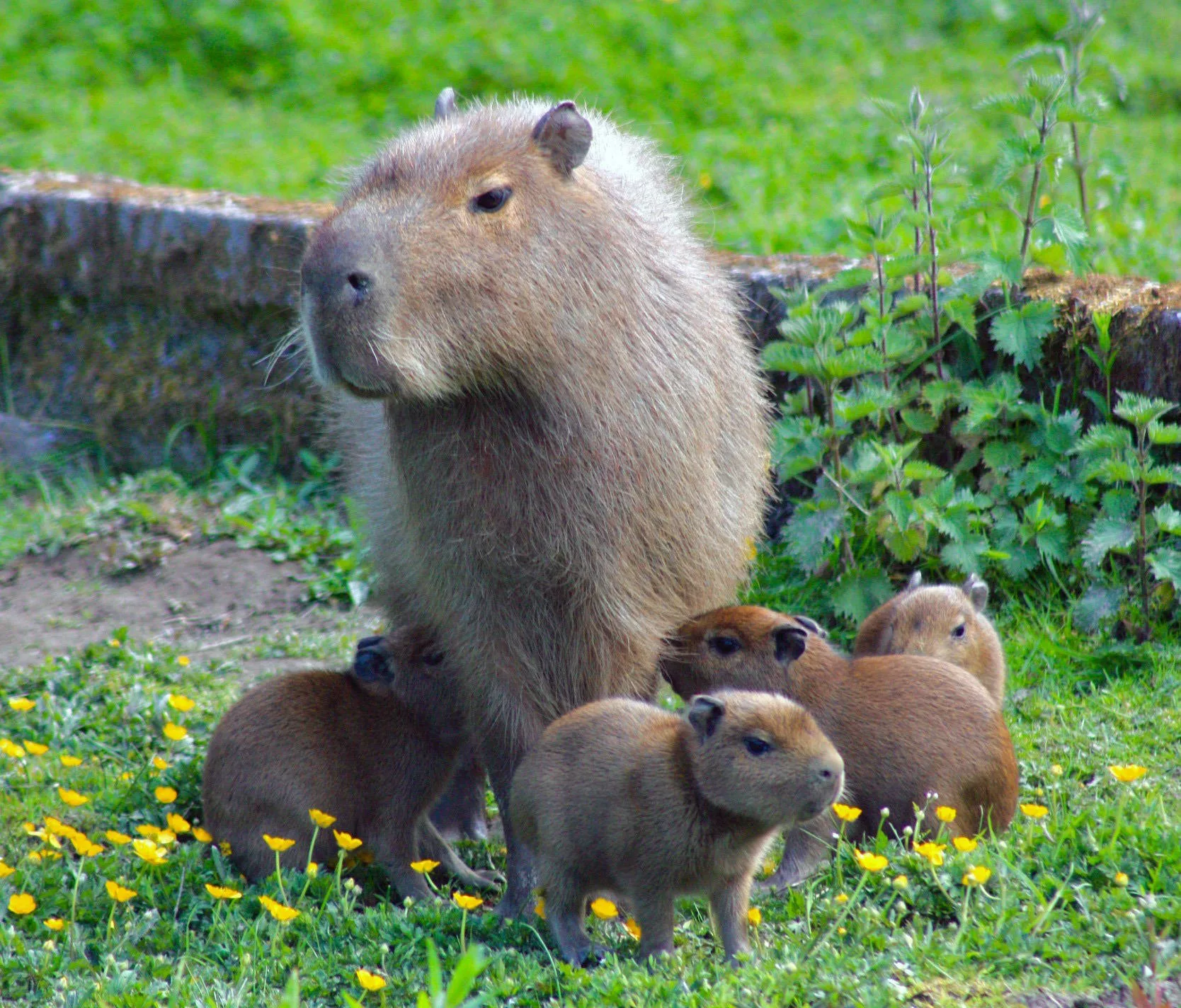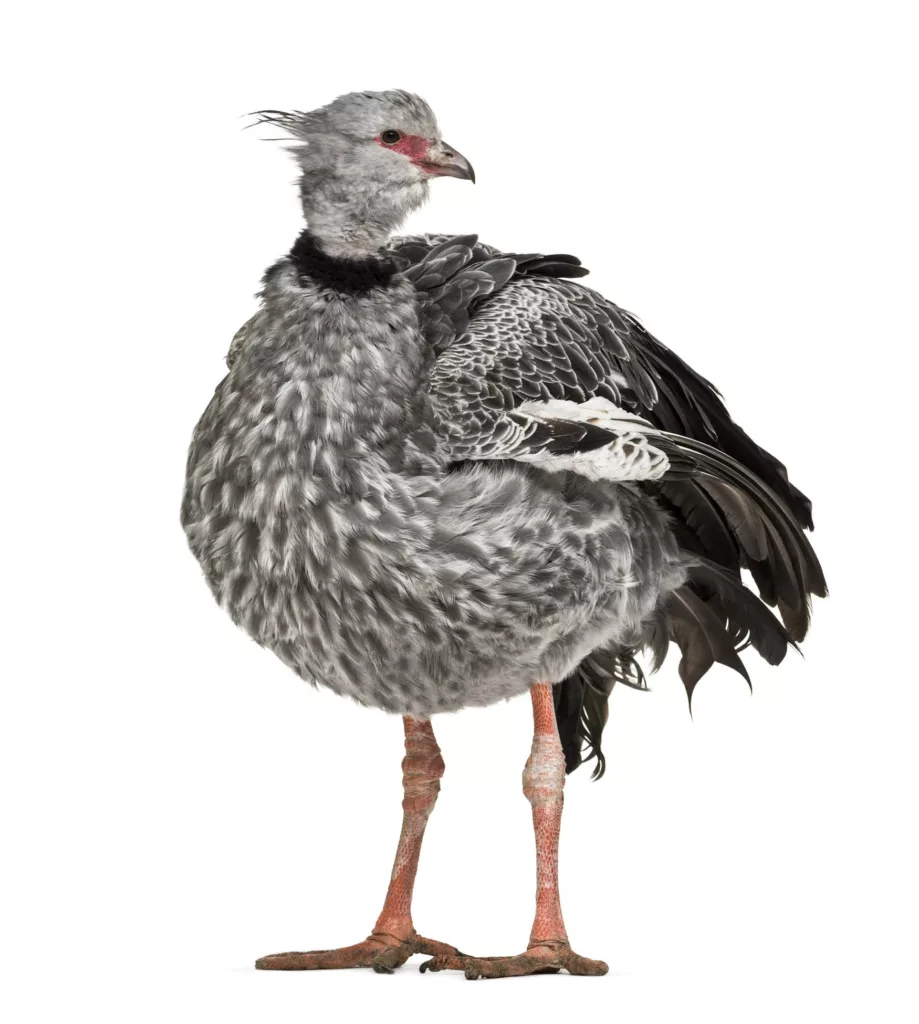
Southern screamer
Scientific name: Chauna torquata
IUCN listed as: Least Concern
Learn before you visit!
Here are some facts about the species – Discover what they eat, find out about their natural habitat, see what they like to do, and more… Set the reading style to suit you too, everyday speak or something aimed towards children.
Child-friendly
Everyday
Diet
Southern screamers are primarily herbivorous, feeding on a variety of plant materials such as leaves, stems, and seeds. They graze on grass and aquatic plants, often foraging in groups. Occasionally, they will consume small invertebrates. Their diet helps them maintain their energy and supports their large body size. These birds are well-adapted to wetlands and can efficiently process the plant material they consume.
Southern screamers eat mostly plants like leaves, stems, and seeds. They graze on grass and plants in water. Sometimes, they also eat small bugs. This food gives them lots of energy and helps them stay big and strong.
Breeding
Southern screamers form monogamous pairs that often last for life. They build large nests of sticks and reeds near water bodies, where the female lays 2-7 eggs. Both parents take turns incubating the eggs for about 43-46 days. After hatching, the chicks leave the nest quickly but stay close to their parents for several weeks until they are strong enough to be independent.
Southern screamers mate for life and build big nests near water. The mother lays 2-7 eggs, and both parents help keep the eggs warm. The eggs hatch in about 43-46 days. The chicks leave the nest soon but stay near their parents for a while.
Habitat
Southern screamers are native to the wetlands of South America, including regions in Argentina, Brazil, Bolivia, Paraguay, and Uruguay. They prefer habitats such as marshes, lakes, and flooded grasslands. These areas provide ample food and nesting sites. However, habitat loss due to agricultural expansion and wetland drainage poses a threat to their populations.
Southern screamers live in the wetlands of South America, like marshes and lakes. These places give them plenty of food and places to nest. But losing their homes because of farming is a big problem. Protecting these wetlands is important for their survival.
At the zoo
In zoos, southern screamers are provided with habitats that mimic their natural wetlands. They are fed a diet of leaves, stems, and seeds, similar to what they eat in the wild. Zoos help educate the public about these unique birds and their role in the ecosystem. Breeding programs in zoos also help maintain healthy populations. Observing southern screamers in zoos can teach people about their behaviours and conservation needs.
In zoos, southern screamers live in wetland-like areas. They eat plants just like in the wild. Zoos teach people about these birds and help breed more of them. Watching them in zoos helps us learn about their lives.
Behaviour
Southern screamers are known for their loud, trumpet-like calls, which can be heard over long distances. They are social birds, often seen in flocks, and are excellent swimmers and fliers. They use their sharp spurs on their wings to defend themselves and their territory. Southern screamers are non-migratory, staying in their home range throughout the year. Their social structure and vocalisations play a crucial role in maintaining group cohesion.
Southern screamers make loud calls that can be heard far away. They live in groups and are great swimmers and fliers. They have sharp spurs on their wings for protection. They don’t migrate and stay in the same area all year.
Fun facts
- Loud Calls: Their trumpet-like calls can carry for miles.
- Sharp Spurs: They have bony spurs on their wings for defense.
- Social Birds: Often seen in large flocks.
- Good Swimmers: They are strong swimmers despite preferring to move on the ground.
- Unpalatable Meat: Their meat is not tasty to humans, which helps them avoid being hunted.
- Noisy Birds: Their loud calls can be heard from very far away.
- Wing Spurs: They have sharp spurs on their wings to protect themselves.
- Group Living: They like to live in big groups.
- Great Swimmers: They are good at swimming even though they prefer walking.
- Yucky Meat: Their meat tastes bad, so people don’t hunt them much.
More animals to discover at our zoo
Quick Links
Tickets & Prices
You can buy tickets for Exmoor Zoo securely online, as well as finding out more price options, discover offers, and more…
What’s on…
Exmoor Zoo hosts incredible Events all through the year. You can find out about what we’ve got in store here…
Routes & info
Like any great discovery, Exmoor Zoo can feel a little off the beaten path – but don’t worry – you can plan your journey with our recommended routes and other useful travel info.
